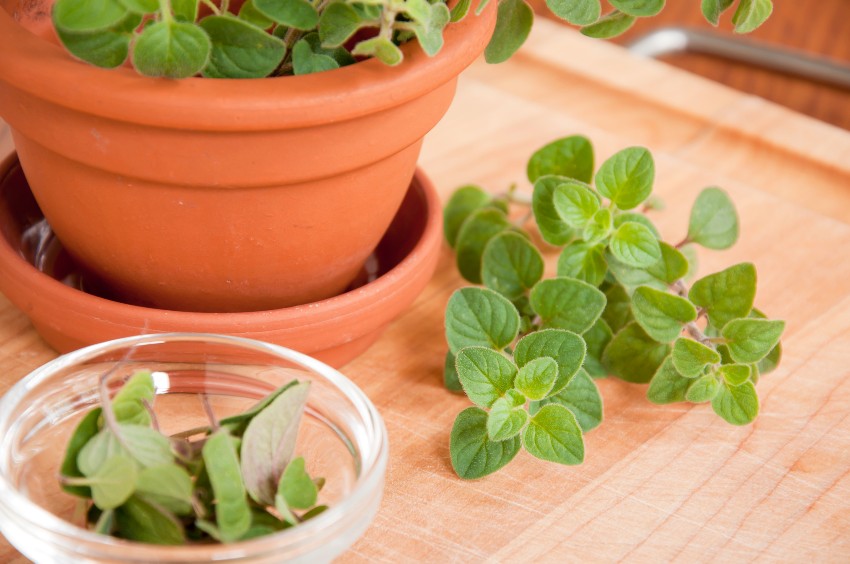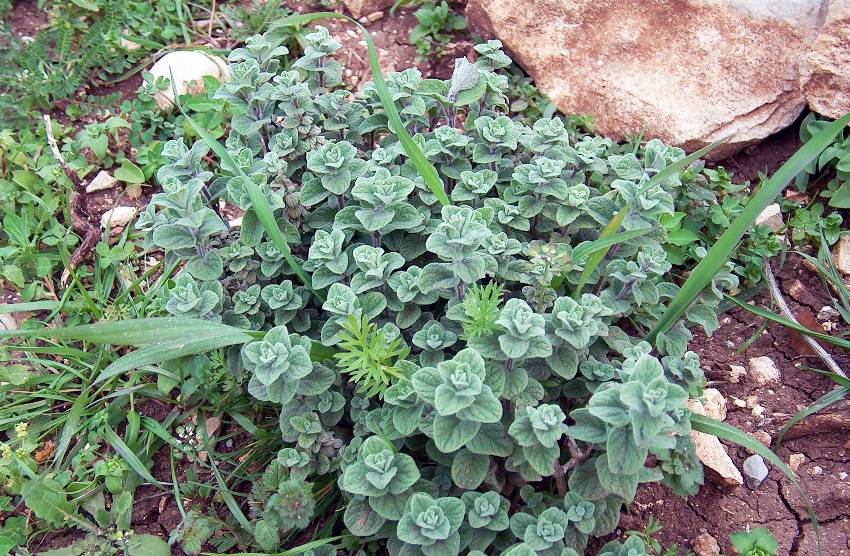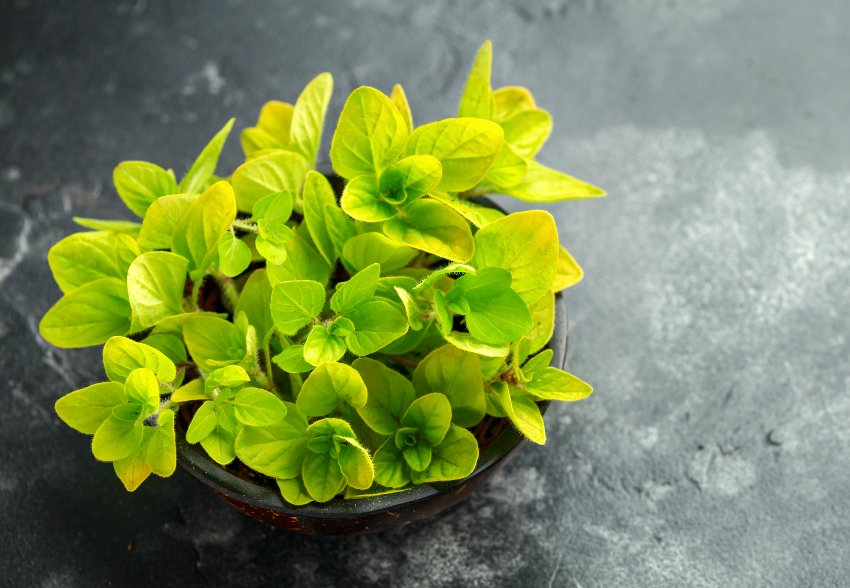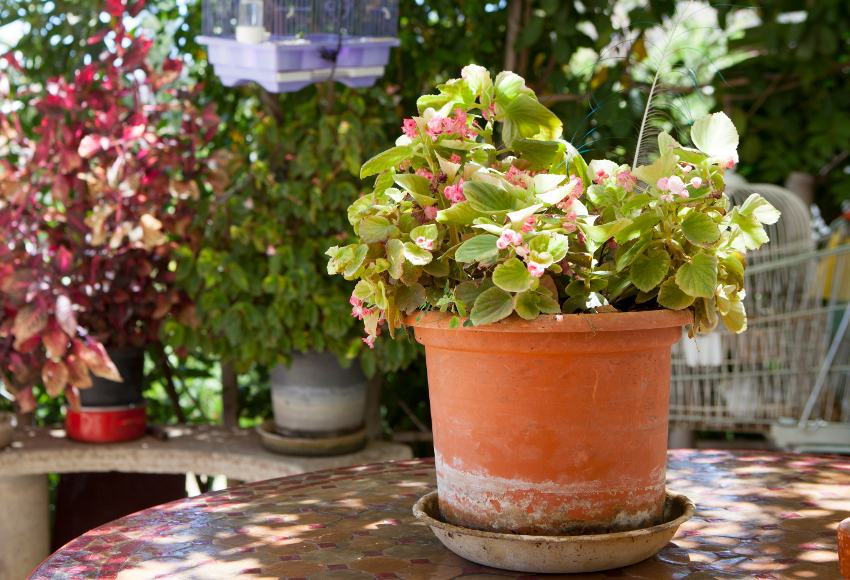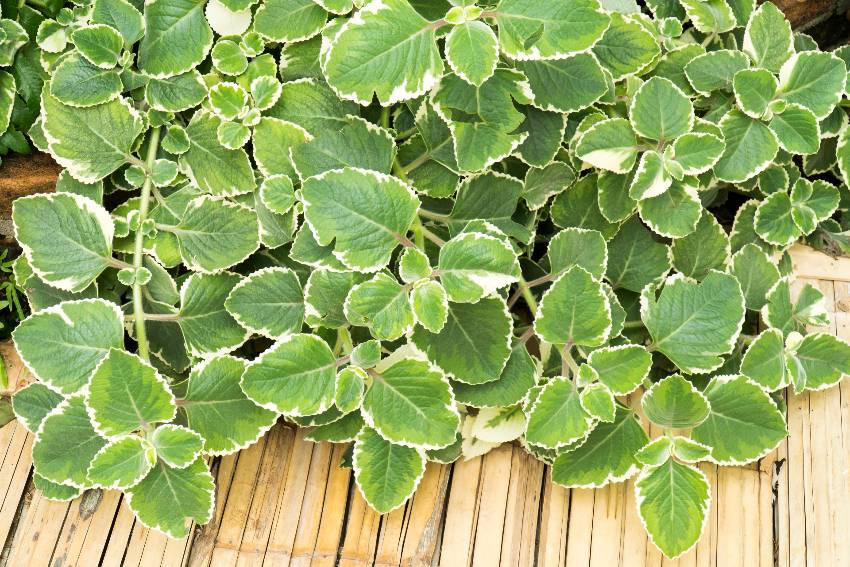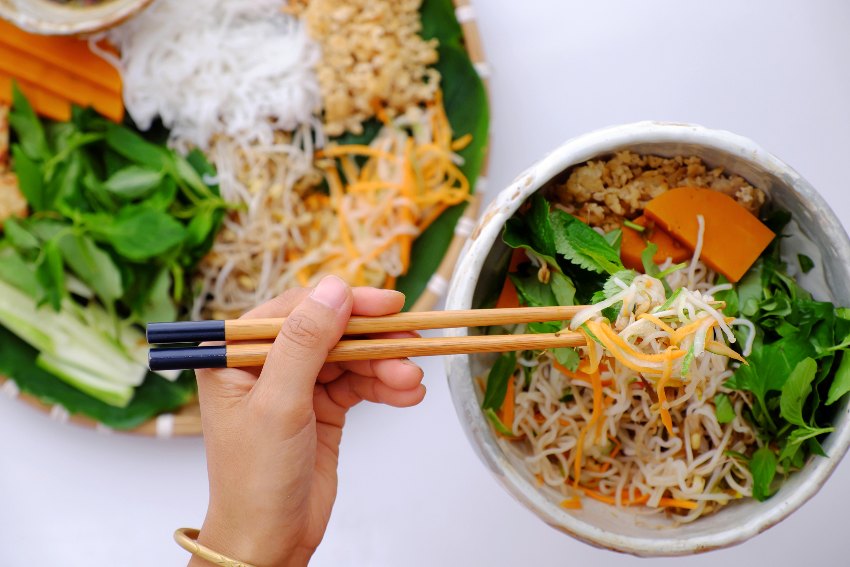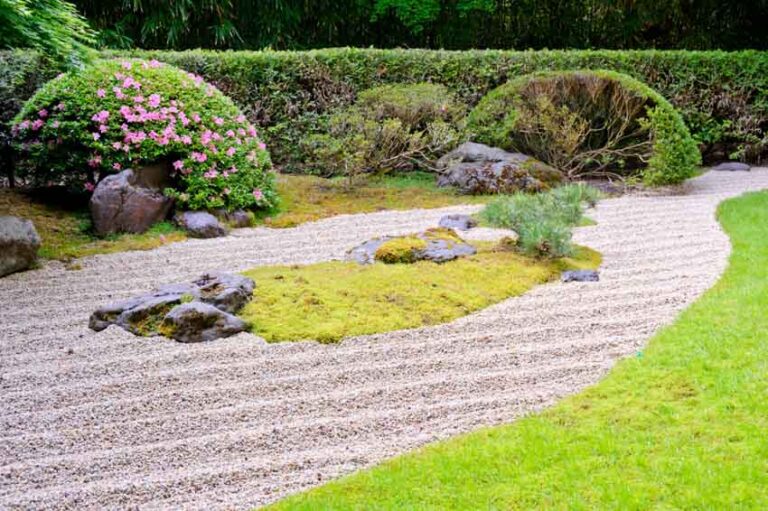Types of Oregano Plants (Best Plant Varieties)
Oregano is the all-versatile herb of the millennia. Even long before it ended up in all our herb gardens, inside and outside, oregano shined brightly in worldwide cuisines and natural medicines. It’s been included in ritual ceremonies, love potions, cures for common ailments, and even good luck charms for thousands of years.
For all the history oregano shares with humanity, we know more about this plant than most other common herbs, including lavender and chamomile.
Even the father of medicine, Aristotle, touted oregano for all its benefits and fine, rich aromas. Considering how long humankind has been using this herb in everything we could think of, it has a very wide variety of uses that make it a very nice plant to have around in the garden.[toc]
Oregano Plant Types
As is the case with most plants that are commercially traded thanks to globalization, we have a wide variety of oregano types to choose from. The specific species you choose may be better tailored to some uses than others; for example, there are decorative oreganos and culinary ones.
Some are best for making herbal tea and medicine, while others have a better scent than taste. No matter the intended use, there’s a type of oregano for that, and we’ll dive into a few of the most common types to look at just how versatile the herb can be.
Greek Oregano
This is the all-time favorite oregano type to use in most of the applications we consider it for today, including pasta, tomato sauce, pizza, and other acid-based foods. It bears the signature spicy, earthy aroma that we think of when we think of old-timey Italian cuisine.
This species is also the most potent for making medicinal concoctions, as its oil is incredibly pungent and strong. Greek oregano is the type that is commonly sold as a living herb in produce departments, as well as most garden centers, and in dried form when you purchase it as a spice in a jar. If you use this herb in your kitchen, this is likely the type you’ve been using!
Mexican Oregano
Developed as a hybrid species, Mexican oregano was bred to have a spicier and more lively flavor profile than the standard Greek variety. Some describe this type’s scent as similar to a mixture of oregano and black pepper.
The leaves of this species are smaller but more plentiful; they’re best used dried or as a chopped addition to a dish. The Mexican variety can be used to spruce up rice, beans, or various spiced meats. It also makes a lovely addition to a salsa garden alongside basil, tomatoes, peppers, cilantro, and onions! Visit our greenhouse plants growing guide for more gardening ideas.
Syrian Oregano
This variety stands out amongst its counterparts by size and flavor. Syrian oregano can grow up to four feet in height, while most oreganos are ground cover species that rarely top a foot in height.
Although this type won’t stand for colder temperatures, it can still be grown as an annual in cooler zones with freezing winter temperatures.
The Syrian variety is used in the herbal blend of Za’atar, which is used most commonly in popular Middle Eastern dishes. The Syrian variety can also be grown inside in the right conditions, so long as it gets plenty of sunlight and stays warm!
Golden Oregano
Better suited for decorative planting than culinary use, golden oregano can still be used for cooking but also delivers a warm, sunny glow to your garden. Its golden yellow foliage can establish as a small, woody plant that grows as high as three feet tall without any trimming and can spread as wide as twelve feet in width, given its own space to take over.
This variety also packs a punch in its tiny, delicate pink to-purple flowers that come on in late summer, adding a little more depth to the yellow hues that already inhabit its small leaves.
Sweet Marjoram
Despite its name, sweet marjoram is actually of the oregano family, which may come as a surprise to some. Although it is closely related to the typical Greek variety, you probably have it growing in your herb garden.
Marjoram brings all the delicate aromas of oregano to the forefront, minus the strong, spicy undertones that generally accompany more common varieties. This is exactly what makes it the herb of choice for medicines to treat common wintertime ailments for those who prefer to fight them off with herbs, and what makes it great to add to milder foods like bread and eggs.
Ornamental Oregano
Its name pretty much sums up this type; the ornamental variety is primarily for show. However, it can still be used in a pinch if you don’t have any other type on hand.
While its leaves are much smaller than those of typical species, the ornamental variety boasts slightly bigger flowers with pretty shades of pink and purple to complement the delicate, lace-like leaves. The ornamental variety looks fantastic paired with other blooming plants or flowers and easily compliments most floral arrangements.
Italian Oregano
Italian oregano is a bit different than its Greek cousin, with larger leaves and longer stems. It grows especially well in humid climates, which helps to nurture new growth and encourage more aromatic foliage.
The Italian variety is a bit milder than other types, which makes it perfect for adding to pesto and white wine sauces, where it won’t drown out other, more delicate flavors. It also blooms at the very end of summer in most regions, which gives you a little more time to stock up on leaves for drying; make sure you harvest everything you need before the blooms come on, though, or you might end up with a very bland crop.
How To Identify Oregano
You’ve likely come across a number of plants that look just like oregano, only to find that their leaves don’t omit the same spicy, warm scent that they typically do. If that’s the case for you, you’ve already determined the best method of finding out if a plant is an herb or simply a look-alike: smell the oils from the leaves.
If you’re not sure that a plant is oregano and you have allergies, then it’s best to use gloves to avoid any unknown sap contacting your skin. Otherwise, you can look for the signature 4-sided stems, along with the classic bubble-shaped teardrop leaves growing in pairs.
If the plant is in bloom, there’s a surefire way to tell just by looking! More experienced gardeners may be able to tell which varieties are which based on scent and appearance alone, but as all plants are unique, this is a long-term developed skill.
Oregano Health Benefits
Oregano has been used for many thousands of years as a natural remedy for almost everything under the sun: infection, pneumonia, cough, fever, indigestion, and many more.
While these days we have typical, run-of-the-mill OTC remedies available at every store, oregano can still be used to help boost your immune system and digestive function just through regular use in food and tea forms.
In addition to these more common applications, it can also be used in oil form (most commonly sold as essential oils) to treat skin ailments, but should never be applied without dilution with another “buffer” oil, such as coconut, grapeseed, or vitamin e oil, as pure oreganos are strong enough to cause some irritation and possibly hives in those with severe allergies.
Oregano has some other great benefits, including delivering your daily doses of vitamins from dark leafy greens, such as vitamins k and c, but you should always consult your doctor before trying or supplementing with an herbal treatment like this herb.
It can also be used in many types of Eastern medicine. In homeopathic medicine, it is considered a “warming” herb, which can be used to fight off “cold” imbalances such as the flu, pneumonia, and nausea.
Similarly, the herb has been said to help promote blood flow to the brain, improve blood pressure, and help control type II diabetes in early onset. There are countless uses for the herb in medicine, but you can always ask a homeopathic doctor or other specialist in herbal medicine who can help you decide how much you should take, how you should use it, and when it’s best to take.
Best Oregano Plant For Cooking
While different types of oregano work well for different cuisines, a couple always stands out the most. The most commonly used and cherished variety for cooking is, hands down, the classic
Greek oregano is mass-produced and sold as a dried seasoning, in blends with other herbs, and as a live plant to keep in your kitchen. This lively herb lends a strong flavor to most meals and can be detected even in acidic sauces such as tomato and basil-based sauces.
Greek varieties may be the best all-purpose type for cooking, but sweet marjoram is also a seriously delicious herb that can be used for lighter meals, such as those with chicken, turkey, and pork. It also works fantastically in most veggie stir-fry and roasts and does well mixed in with other herbs for ground meat recipes.
Are All Varieties Of Oregano Edible?
There are a few dozen types of oregano out there, but don’t be surprised if some of them just don’t live up to the name. All species of oreganos are technically edible, but there are some that are just too bitter or outright unpalatable.
However, these are primarily the wild types that have not been cultivated for taste and quality, like those found in garden stores and plant shops. As for anything that can be bought in such a setting, go right on ahead and use it for all your cooking needs! There are so many varieties out there that you’re bound to find the right one for your taste and cooking style.
Greek Variety Vs. Oregano
To clear up a very common misconception, the name “Greek oregano” typically refers to the species that’s been growing in the Mediterranean long before humans ever lived there.
This is considered “the original” species: having been used most prominently by ancient Greeks, the herb became known as Greek, which is the exact same thing as a jar of dried leaves from the store labeled as simply “oregano.”
They are one and the same, although some argue that it’s only a Greek variety if it comes from the region itself rather than cultivated from a plant in another. Either way, those purchased from the store are most likely just the Greek variety!
Greek Vs. Italian Oregano
These two species are actually a bit different. Greek varieties are known for their pungent and highly aromatic oil, while Italian varieties are a bit more laid back and flavorful than spicy. The two can be used interchangeably, but if a recipe calls for a specific type, it might pay to try to find the exact type a recipe calls for.
In some instances, a mixture of the two can be both spicy and earthy, which helps level it out in less prominently flavored dishes, such as those with a white sauce, oil-based, or as a rub.
You can tell the difference between the two based on aroma alone; pinch off a leaf of each to help solidify the differences between them to help with cooking theory and choosing which type to use for different dishes.
Can I Eat Oregano Leaves Raw?
Most people prefer to add oregano to a dish during the last 15 minutes of cooking, but it can be added dry at any point. For safety reassurance, though, yes, the herb can be eaten raw, and it makes a great addition to salads and sandwiches and sprinkled on soups.
The only caveat about eating it raw is that it can be far too pungent for some people to eat this way, and some may be more sensitive to it than others.
For good measure, or if you use it in a dinner meant for lots of people, it’s best to avoid using it raw. However, if it’s just for you or another who loves the taste, it works great on almost any savory dish.
Keep in mind that raw oregano can be an irritant, so take it easy on the sprinkles of raw leaves in your food. If you do end up with some irritation, try drinking some cold water to help wash down any residual oil in your throat.
How Much Sun Does Oregano Need?
Oregano is a sun-loving plant and, therefore, needs plenty of sunlight. Most varieties that live in warmer climates won’t do well inside, so stick with hardy varieties for indoor herb gardening.
As far as outside growig goes, it’s best to plant in a location that gets plenty of sunlight in the morning and afternoon, with some evening shade, if possible to prevent sunburning and light spots. Check out our guide to indoor plants that like direct sunlight here.
Of course, in hotter climates, the plant will need more shade in the afternoon and evenings, but in cooler climates, it needs all the sun it can get. For artificial lighting, such as full-spectrum LED lighting, it’s best to provide at least 10 hours per day of light that’s close to the top of the plant. Make sure to check frequently for sun spots, and you’re good to go!
How Often To Water Oregano
Oregano is, like most sun-loving herbs, a very thirsty plant. Although you should avoid drowning your plant especially if it doesn’t have proper drainage, a good soaking when the soil starts to look dry is the way to go.
For those in warmer climates, this will likely be a daily task; however, in cooler and more temperate regions, watering only when needed will keep your plants plenty healthy. Keep in mind that, despite its constant need for water, it can still experience root and leaf rot from overwatering.
On the other hand, it can also wilt in drought conditions and doesn’t do well if wilting isn’t alleviated with water right away. Make sure that your plant always has all the water it needs, and it will in turn make sure you have all the oregano you need!
Which Variety Of Oregano Is Best?
This depends, ultimately, on personal preference. If you like your flavors nice and spicy, then you can kick it up with some Mexican variety that packs a punch. On the other hand, the Greek variety is best for all things Italian, such as pasta, pizza, and casseroles.
For milder foods, a nice, mellow marjoram might be the way to go. No matter what you prefer, there’s always a great flavor out there for you.
If you need the answer to which variety is best, however, it’s a good idea to stick with the tried and true Greek variety that everyone has known and loved since before language came around. This is the all-time most popular type of oregano, and it graces herb gardens, restaurants, and pantries all over the globe.
For more related content, visit our outdoor herb gardens plant selection & care guide.



